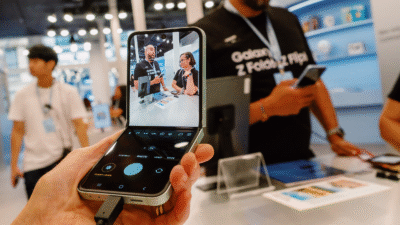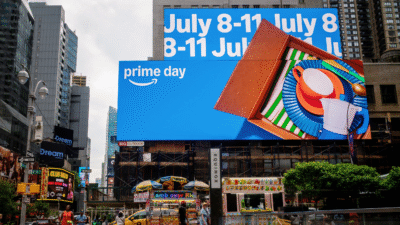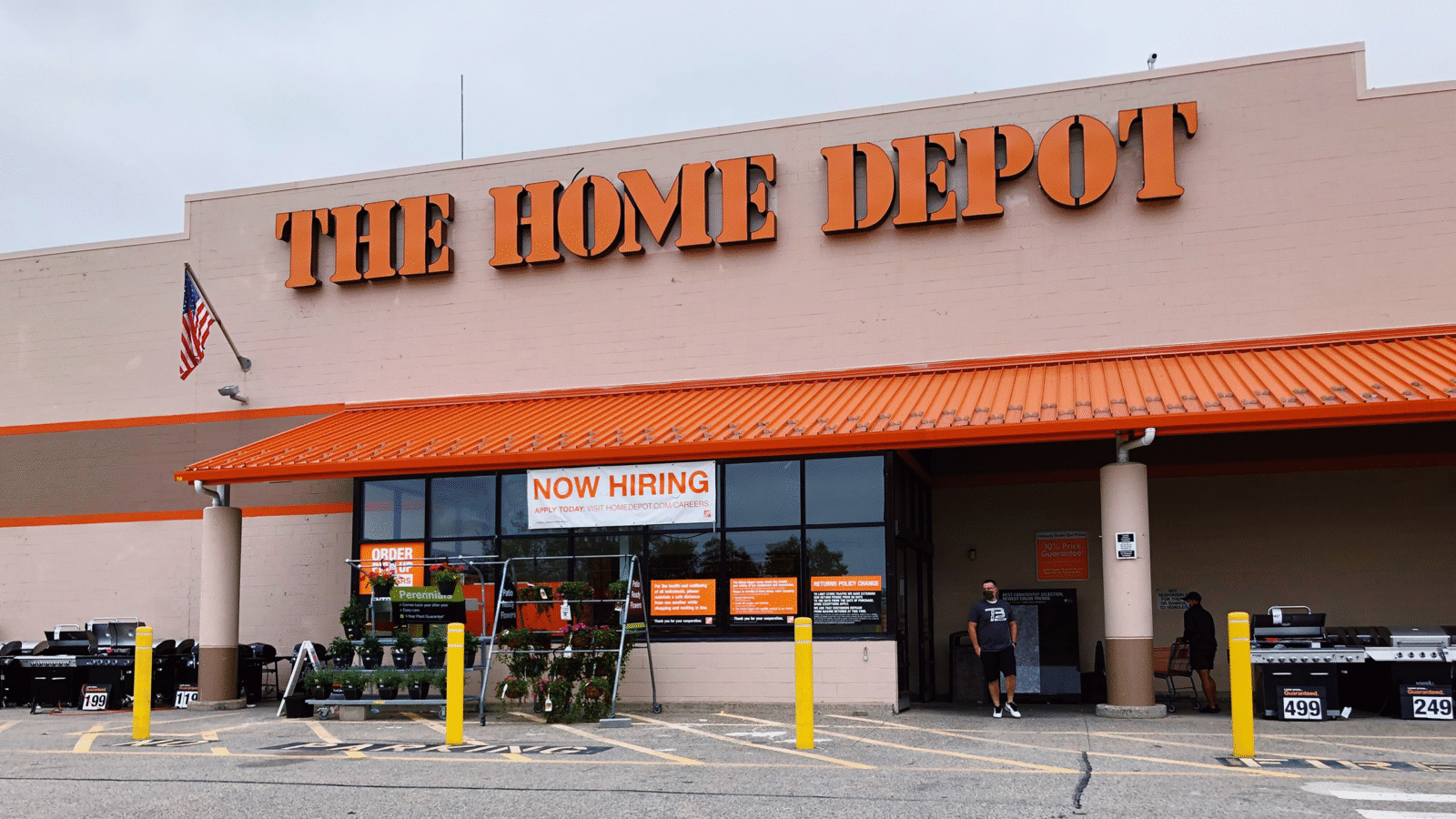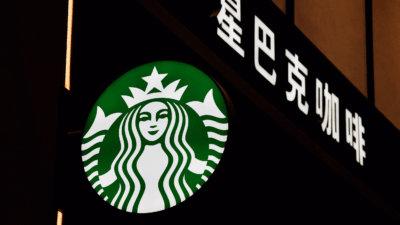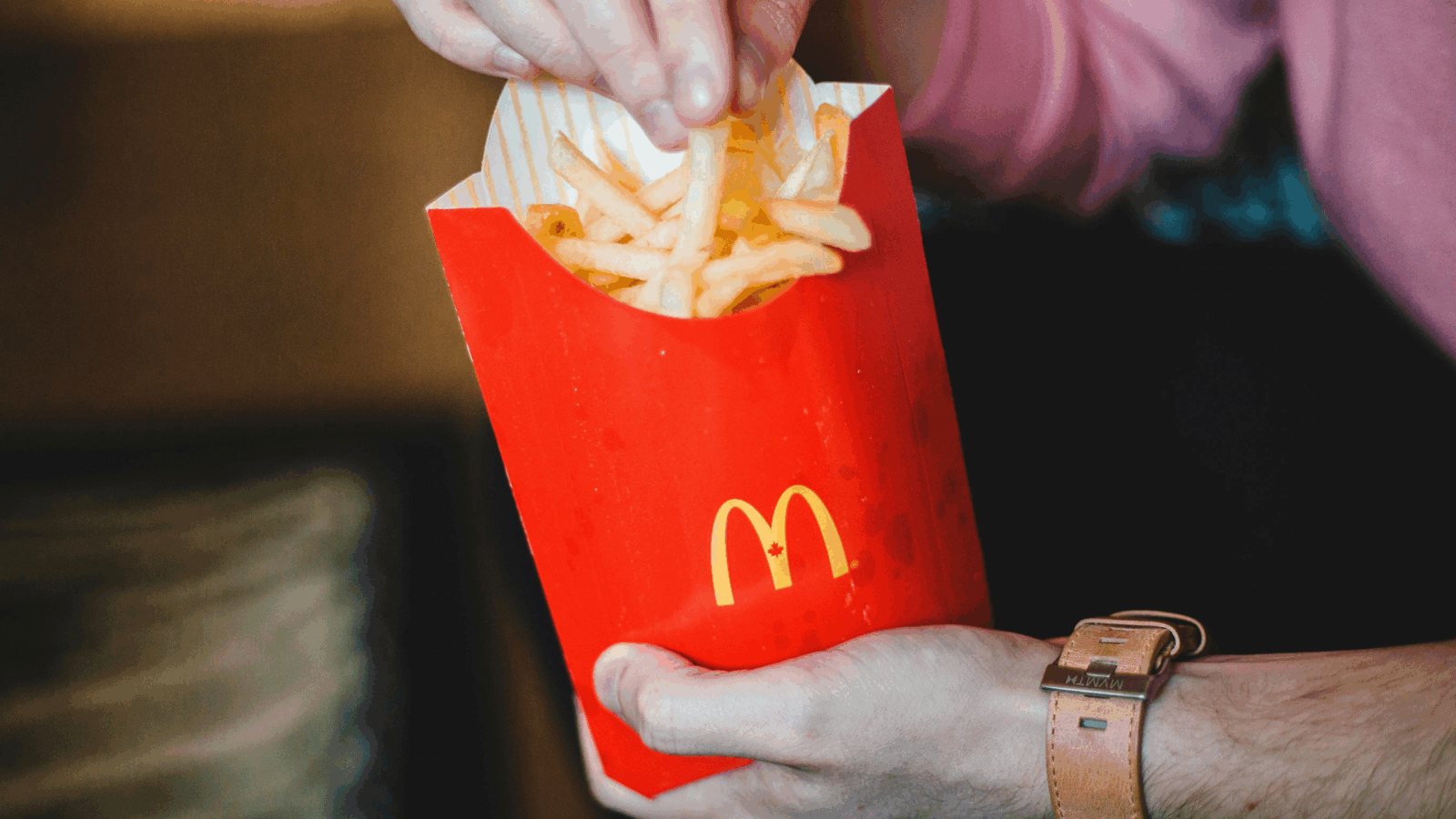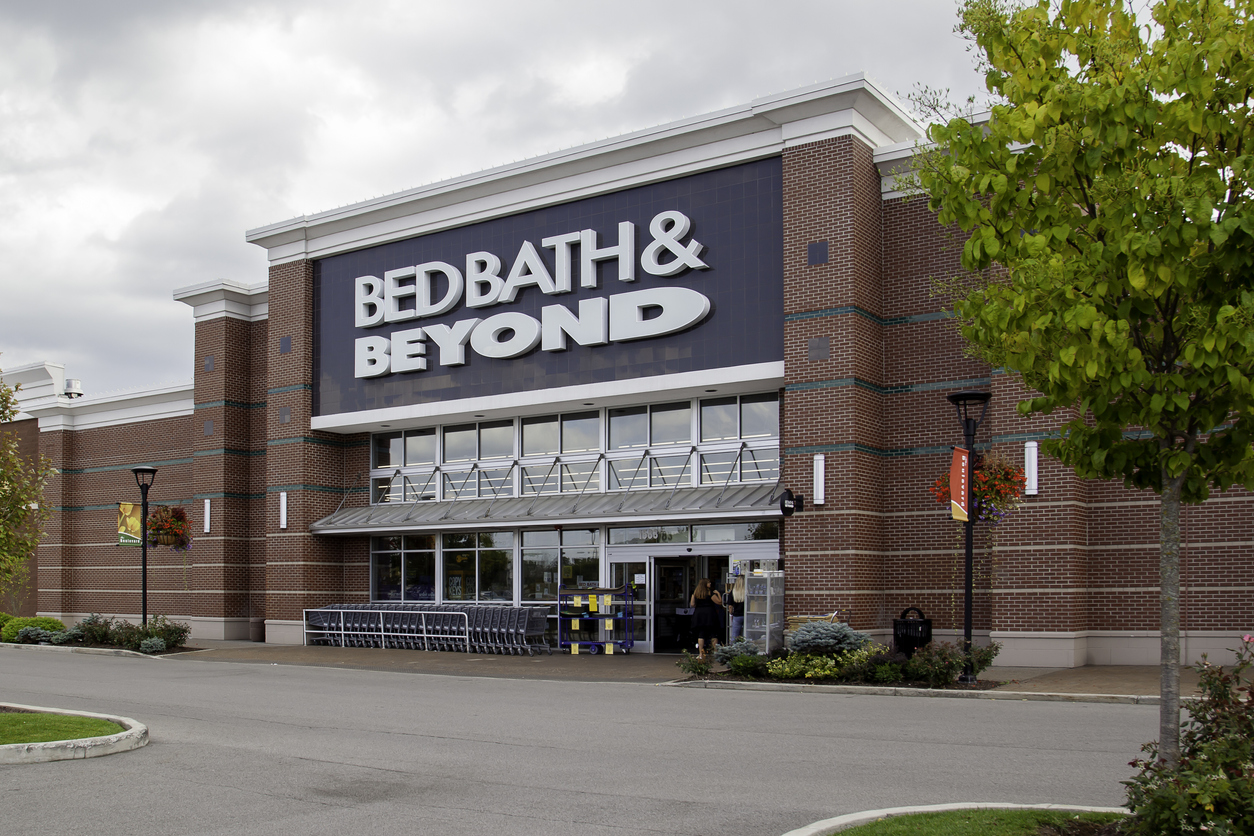
Sign up for smart news, insights, and analysis on the biggest financial stories of the day.
If you’re looking for a MasterClass on the Dos and Don’ts of retail business, Bed Bath & Beyond may have some lessons to teach— with an emphasis on Don’ts.
At the onset of the pandemic, the big box home goods store made a couple of key tweaks in hopes of improving its shopping experience. Now, nearly two years later, the results are painfully clear: the decisions were beyond dumb.
Some Bed, Some Bath. And Nothing Else.
In an attempt to “declutter” its store, Bed Bath & Beyond reduced the number of products at its locations and swapped many big, national brands for newly-launched private labels. But the change just ended up frustrating shoppers, who, apparently, like a big, messy store. Or, at least an organized mess as a necessary side effect of optionality.
Worse, streamlining its in-store shopping experience left the chain even more vulnerable to supply chain turbulence:
- During the holiday shopping season, Bed Bath & Beyond faced a shortage of its 200 top-selling items, which cost the company $100 million in lost sales by the end of the most recent quarter, according to CEO Mark Tritton.
- While competitors Target and HomeGoods stores under the TJ Maxx umbrella saw double-digit year-over-year increases in sales last Fall despite similar supply chain issues, sales at Bed Bath & Beyond fell 10% in its most recent quarterly earnings report.
To resolve its issues, the company says it plans to invest $250 million to improve its supply chain over the next three years.
Privacy Push: Last year, Bed Bath & Beyond launched over 800 new products across eight private-label brands, which typically bring more profit by cutting out wholesalers. At the end of its latest quarter, in-house brands accounted for about a quarter of all sales— up 10% year-over-year, according to the company. But the private-label push contributed to supply chain issues, and sowed confusion among suppliers. These days, even the good news comes with caveats.

